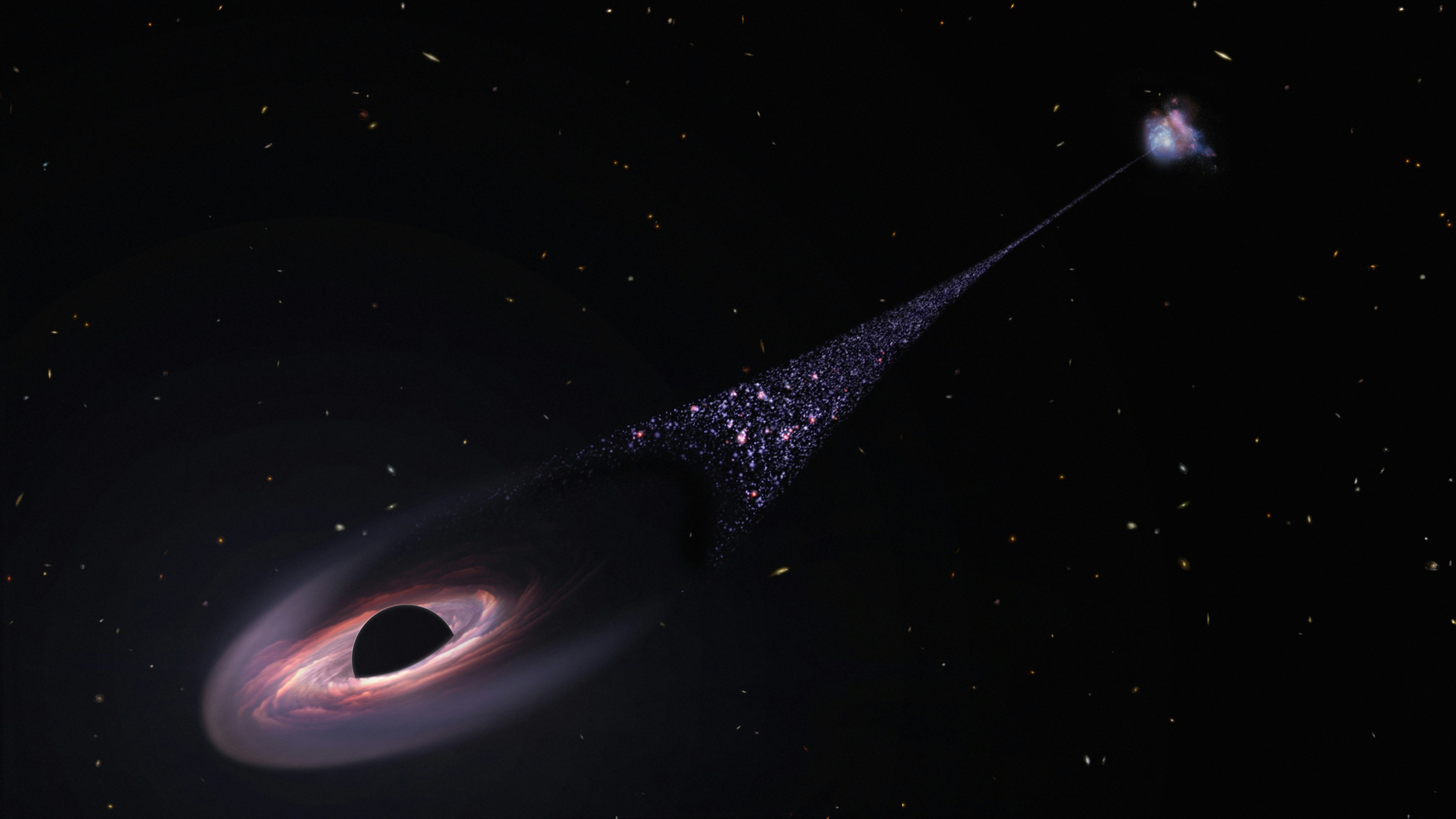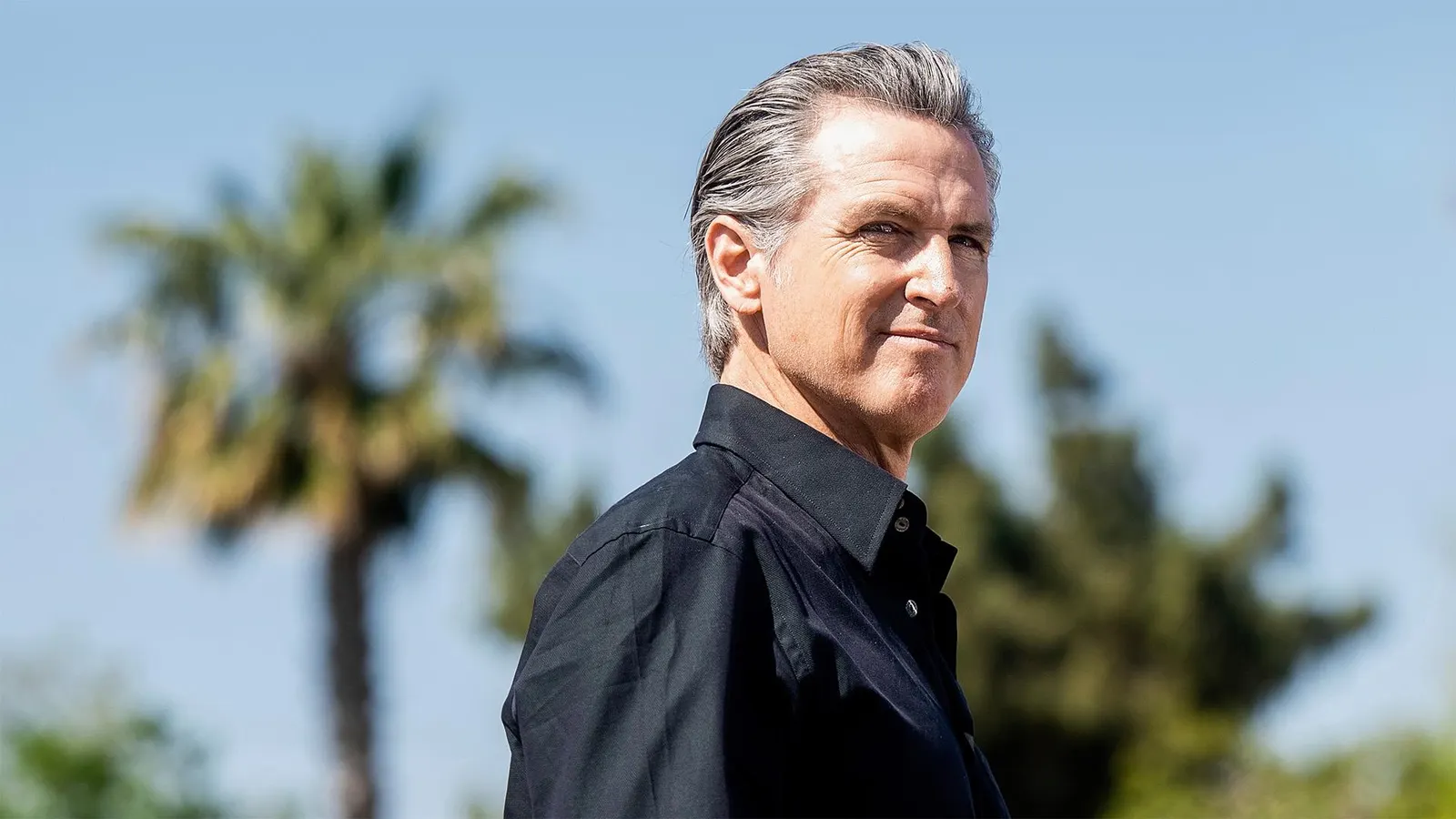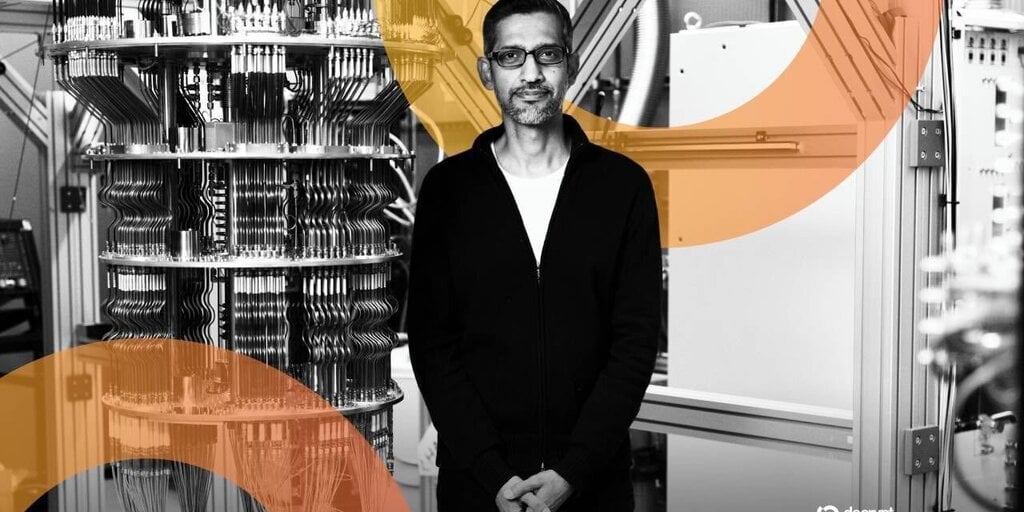Copyright STAT

De-extinction firm Colossal Biosciences announced Tuesday that it was acquiring animal cloning firm Viagen. The same day, retired NFL all-star Tom Brady had a related announcement of his own. He said that he had cloned his deceased pit bull, Lua, with help from Colossal. This has been a notable year for Colossal and its Chief Scientific Officer Beth Shapiro. The firm, co-founded by George Church and Ben Lamm, sparked controversy in the spring when it claimed successful de-extinction of dire wolves. Scientists including me pushed back, but Colossal wouldn’t back down from the claims. It all seems to come down to different definitions of de-extinction. Advertisement To me, the Colossal dire wolf announcement was perhaps an attempt by the firm to move the goalposts on what qualifies as de-extinction. Just introducing a dozen or so dire wolf (or mammoth, dodo, etc.) genomic variants into an existing related animal is not de-extinction. Shapiro has also changed her tune on de-extinction. Before taking this role at Colossal, she seemed to be one of the most prominent skeptics of de-extinction, including in her book “How to Clone a Mammoth,” in which she seemed to argue it wasn’t possible. What Colossal actually did was still something notable and cool in my view: It made gray wolves the tiniest smidge more like the extinct dire wolves. Even that is the most progress anyone has ever made toward true de-extinction. Colossal should have just highlighted that small, but groundbreaking aspect of the work. Instead, it went all in, going so far as to release a “music video celebrating the first birthday of the de-extinct dire wolves” on Oct. 1. How far was Colossal from true de-extinction? Light-years away. I believe that a firm would have to achieve perhaps a thousand times more gene edits in one animal to claim something close to de-extinction. With today’s best gene editing technologies and even those you might imagine in a few years, true de-extinction is close to impossible. Advertisement You not only have to successfully do gene editing on a massive scale, but also be exceptionally good at cloning. That’s where Colossal’s acquisition of Viagen comes in. It may help the company jump a bit closer to de-extincting some animals. Viagen has cloned a whole menagerie of (non-extinct) animals, including a variety of pets and even race horses. This new energy behind cloning has led to some truly bizarre moments. Over the summer, the Atlantic reported: “The top-ranked polo player, Adolfo Cambiaso, has more than 100 clones of his best horses and once won a match riding six copies of the same mare at different points throughout the competition. At a 2023 championship game, all four members of his team rode clones of that mare to face off against their opponents—who were mounted on the clones’ offspring.” Animal cloning has more concrete and arguably positive applications than de-extinction. For example, in agriculture it can generate cows with more desirable traits. This could translate to the use of fewer animals than traditional, relatively slow breeding aimed at generating animals with certain traits. However, large-scale animal cloning has its issues. To me, one of the most troubling elements is the use of surrogate mother animals that are needed to gestate the clones. These animals, such as female horses, may not have a consistently acceptable quality of life. Furthermore, the endpoint for the surrogates can be euthanasia at a relatively young age. Female animals must also supply the eggs to start the cloning process. It leaves me wondering how all these animals are treated. With Colossal’s acquisition of Viagen in mind, what about animal cloning specifically for de-extinction? To answer that we need to address a larger question: What is the point of trying to achieve de-extinction? It’s not clear, and I’ve long been skeptical about Colossal’s goals. What does it really want to achieve in the long run other than making money? Also, how could its efforts help the world or animals? The firm has said that de-extinction of specific animals like dire wolves and mammoths could help the environment, but I don’t buy that even if such true de-extinction becomes possible. One argument has been that mammoths could help restore a healthier arctic ecosystem, but it’s not clear that mammoth-like creatures could even survive there today. Anyway, they’d probably need to produce tens of thousands of mammoths to have any real impact — and there’s no telling what that impact would actually look like. Advertisement I’m still not clear on the potential money-making side of de-extinction research, either. The first thing that came to mind for me in terms of potential revenue from de-extinction efforts is to charge for access to the new animals. Could there be some kind of de-extinction zoo or Ice Age-themed wild animal park in Siberia with $1,000 tickets? Maybe not, as Colossal has focused more on other potential sources of income like some kind of biodiversity credits, which seems highly speculative to me. We should consider the potential risks of de-extinction as well. For instance, I believe that efforts to de-extinct mammoths will put elephants at risk. To try to de-extinct mammoths you’d need to harvest elephant eggs and utilize surrogate mother elephants. Are such things ethical? Why not spend all of those hundreds of millions on protecting thousands of living, endangered species rather than trying to bring back maybe one or two extinct ones? Imagine a great scientist like Shapiro with that kind of funding to help endangered species. I’m concerned that we’ll see another controversial announcement from Colossal in the next five to 10 years. Perhaps this time they’ll say they’ve brought back mammoths, when it’s more likely they’ll have just introduced relatively few mammoth-specific gene edits into elephants. I’m not even convinced they can generate such slightly new elephants within that timeline. It’s far harder than the canine work. In addition, if you insist on trying de-extinction, maybe it’d make more sense to try to bring back woolly dogs. I’m fairly confident the marriage of Colossal and Viagen will spur more technological innovation and additional progress on de-extinction research. I’m just not sure toward what end and how ethical it will be. Paul Knoepfler is a professor of cell biology and human anatomy at UC Davis School of Medicine.



